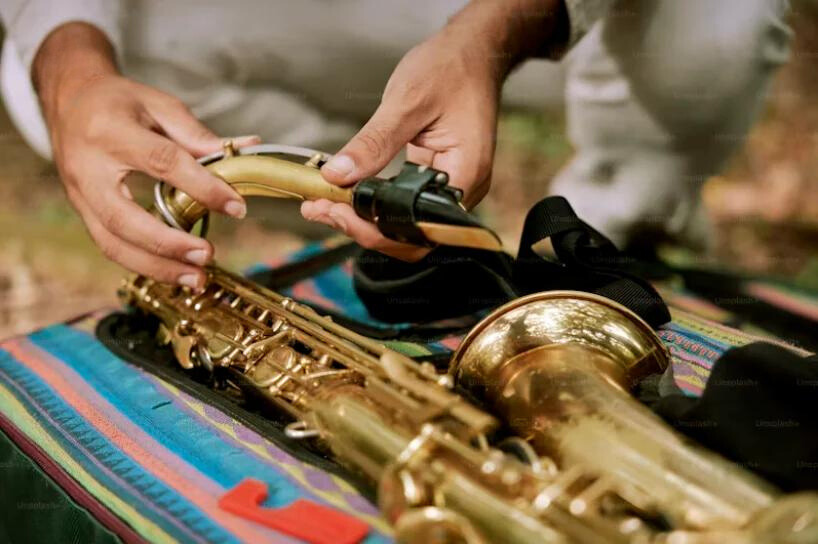Music and the Evolution of Human Civilization
When Humans Blew the First Note from a Bone Flute in the Darkness
Thirty thousand years ago, on a frigid night, when Neanderthals played the first note on a flute carved from mammoth bone, humanity embarked on a civilizational journey transcending biological instinct. This bone flute, unearthed in a Slovenian cave, is not merely the oldest surviving musical instrument but a milestone in the evolution of the human spirit. When early humans chose to carve time with bone flutes rather than stone axes, music became a poetic instinct etched into human DNA.
I. The Alchemy of Sound: From Shamanic Chants to Cosmic Ciphers
In the bronze-glowing temples of the Shang and Zhou dynasties, ritualists struck chime bells, aligning metallic vibrations with the rhythms of celestial bodies. These ceremonial instruments were not just symbols of power but mathematical models through which ancient minds decoded the cosmos. Within the seven-octave span of the Zeng Houyi chime bells lay the embryonic code of twelve-tone equal temperament. As bronze mallets struck notes named "Gu Xian" and "Zhong Lü"—lyrical titles echoing poetic grace—our ancestors were measuring the heavens and earth through sound.
Vedic chanters in India wove microtonal intervals into precise sonic mandalas, while Amazonian shamans unlocked portals of consciousness through plant-induced visions and vibrational frequencies. These ancient traditions reveal music’s primordial purpose: never mere entertainment, but a ritual language for conversing with the unknown.
II. Civilizational DNA Encoded in Notes
Amid the camel bells of the Silk Road, the frets of the Kuchean lute carried whispers of Greek philosophy. The flying apsaras of Dunhuang’s murals, plucking reverse-held pipas, swirled with the curves of Gandharan art. As Persia’s four-stringed oud evolved into the Mediterranean lute and birthed Andalusia’s flamenco lament, music became a living fossil of cultural synthesis.
In Bach’s Well-Tempered Clavier, mathematical rigor and theological radiance fused within fugues. This rationalist vision resonated in Einstein’s violin strings—the relativist once remarked, “I see the shape of the universe in music.” From quantum string theory to the vibrational frequencies of DNA base pairs, modern science is rediscovering cosmic truths encoded in music.
III. The Auditory Revolution of the Cyber Age
As Berlin’s underground clubs weaponize infrasound to induce collective hallucinations, algorithms on NetEase Cloud Music weave personalized playlists. TikTok virals disrupt entire industries, while AI composers generate Beethoven-esque sonatas indistinguishable from human creations. In this era, music fractures and reassembles in data streams, forming auditory totems for digital natives.
At NYU’s neuroscience lab, researchers observe synaptic fireworks ignited by musical stimuli via real-time fMRI. When dopamine and endorphins waltz across the auditory cortex, we finally grasp why Pavarotti’s High C induces shivers—it is an ancient poem etched into our neural circuitry by millions of years of evolution.
From the flickering fires of Lascaux Cave to the roar of SpaceX rockets, humanity has always measured its distance from eternity through sound. As Voyager’s Golden Record carries Bach’s fugues into interstellar space, these vibrations may become ciphers for alien civilizations decoding the human soul. In the age of quantum computing and neural interfaces, music remains our spiritual shield against entropy—a bonfire of civilization that never dims in the cosmic night.







